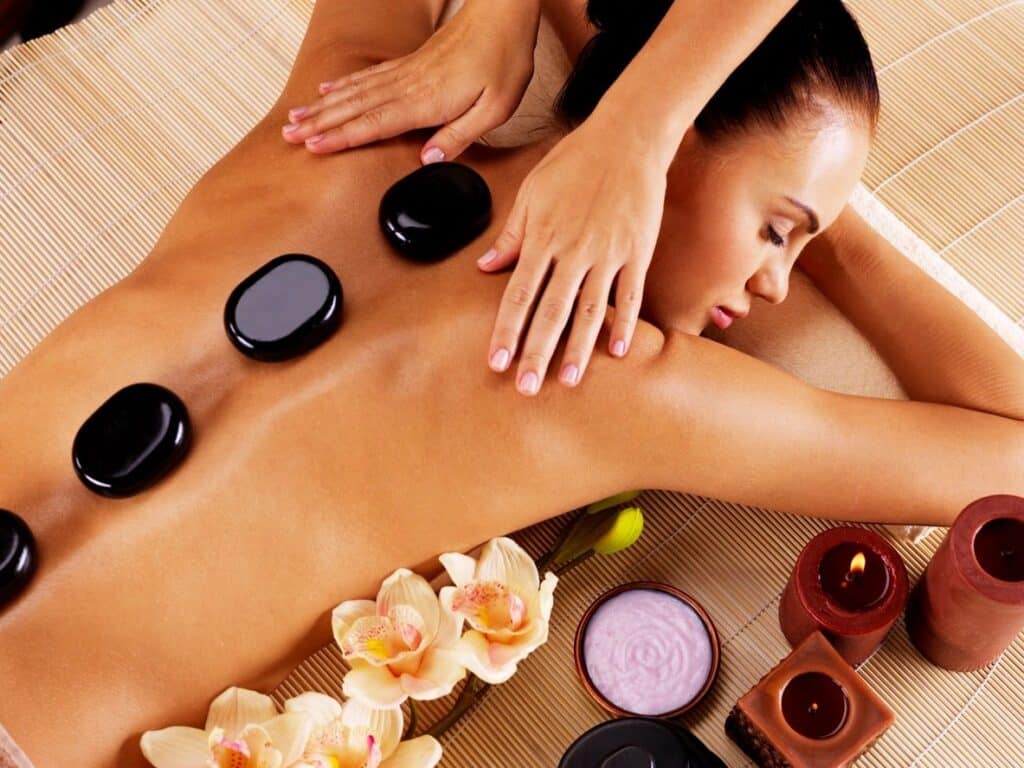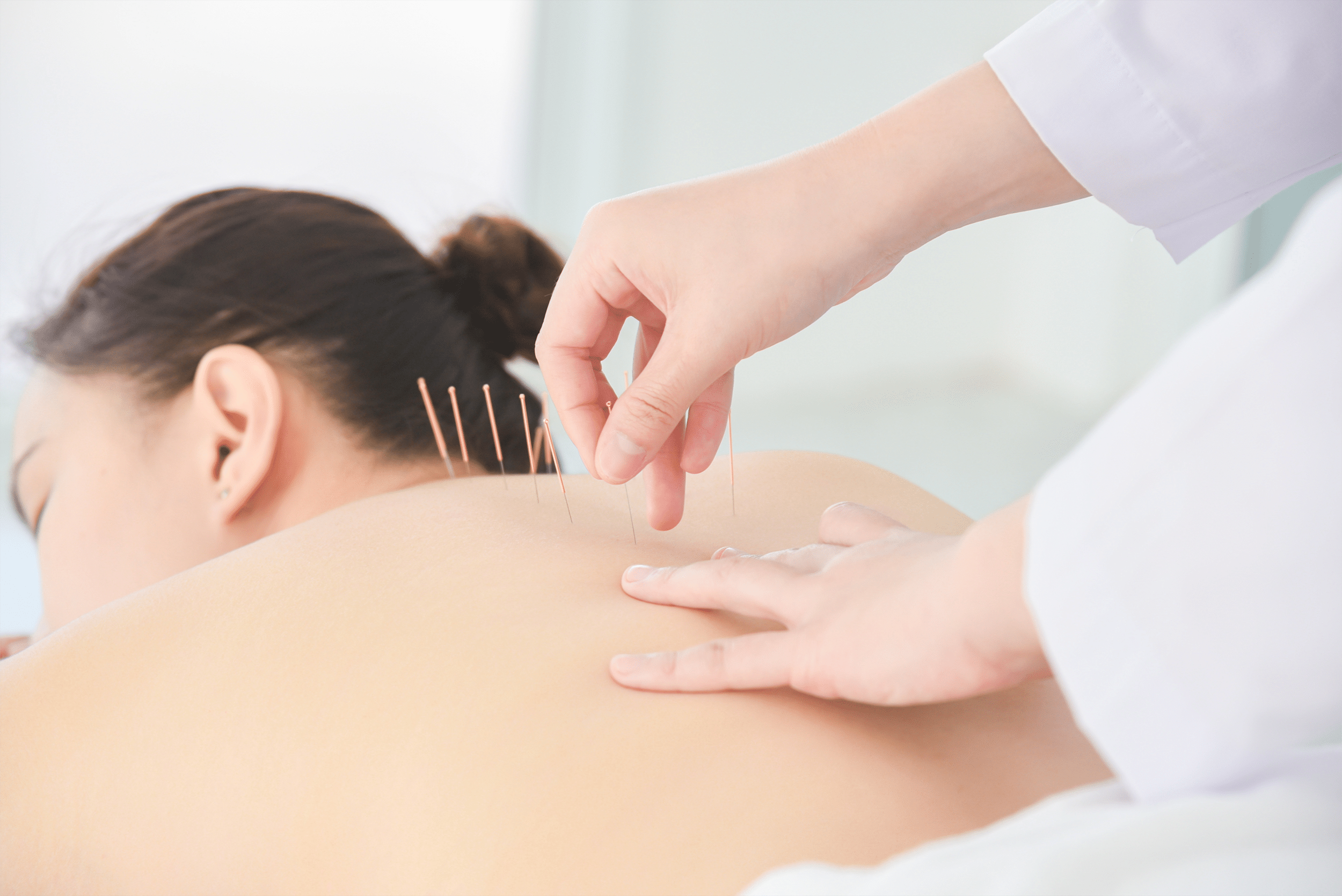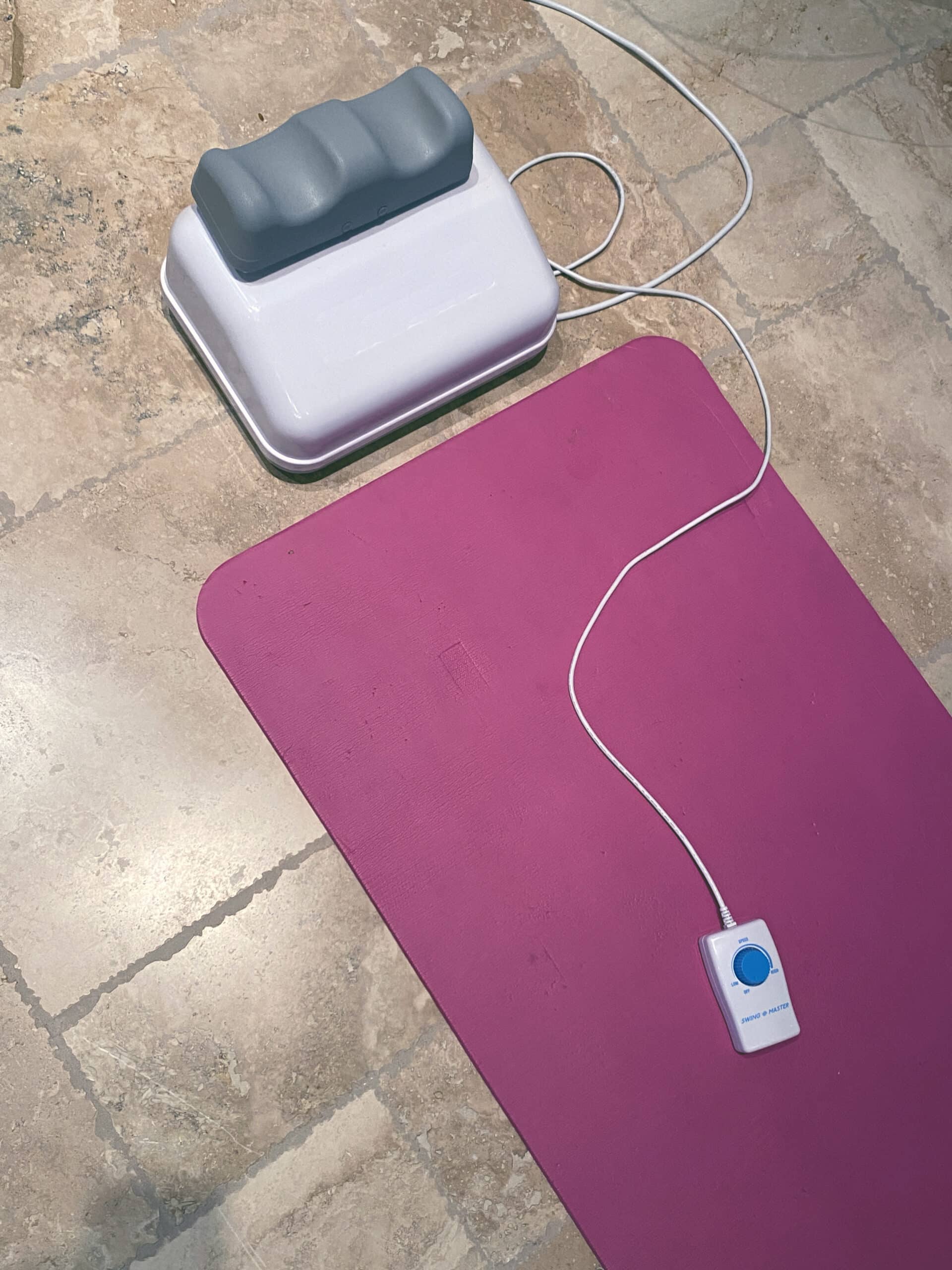
The Massage Begins
I’ve always thought of massages as a luxury, a treat to help relax, unwind, and melt away the stress of life. For years, I looked forward to a soothing massage, imagining the calming music, the gentle pressure, and the relief of tight muscles. But that day has never arrived. Instead, I find myself gripping the edges of the massage table, clenching my jaw, and wishing I had something to bite down on to get through the pain.
Let me set the scene: I had recently started a new therapy for my Chronic Inflammatory Response Syndrome (CIRS), which includes trying various treatments to manage the muscle tightness, inflammation, and general discomfort that comes with the condition. After hearing about the potential benefits of deep tissue massages for releasing chronic tension, I decided to give it a try. I’ve had massages before, but this was supposed to be different—deeper, more targeted to areas of chronic pain. Little did I know, this experience would be far more intense than I ever expected.

Deep Tissue Massages
The massage therapist explained before starting that deep tissue work can be intense, especially when targeting stubborn muscle knots and chronic tightness. She assured me that while it might be a little painful in certain areas, the release afterward would be worth it. I nodded in agreement, thinking I could handle it—I’d had tough treatments before, I’m not a rookie to discomfort.
The first few minutes weren’t too bad. The therapist applied firm pressure, and I could feel the tension in my muscles slowly trying to give way. I thought, “This is fine, this is actually kind of nice.” But then, she hit an area near my lower back—right around my hip flexors—and suddenly I felt like I had been struck by lightning.
It wasn’t just a sharp pain. It was as if my muscles were screaming, “Why are you doing this to us?” I flinched and bit my lip, trying to hold it together. But as she moved from one knot to the next, I felt like I was being tortured. My body was tensing up involuntarily with every press, and I couldn’t help but let out small gasps as the pain radiated through me.
Wishing for a Distraction
As she continued to work on my back, the discomfort went from “mild” to “this is beyond anything I could have imagined.” I felt like the muscles in my body were getting twisted, kneaded, and pulled in ways I wasn’t used to. At one point, the pressure was so intense that I clenched my fists, digging my nails into my palms just to distract myself. It was all I could do to keep breathing and not shout out in pain.
I started to notice that my body was reacting in ways that were out of my control. My back was stiffening against the pressure, my hands were shaking, and I was doing everything I could to hold back tears. I even found myself staring at the edge of the massage table, longing for something to bite down on—anything to help me get through it.
I’m not sure why, but the thought of having something to bite—like a stress ball or even a piece of cloth—seemed like it would help manage the pain. It wasn’t that I thought I might scream or lose control, but there was something about the pressure that felt too much for my body to absorb without some kind of outlet.
The discomfort was so deep and relentless that it was hard to focus on anything else. I thought about how absurd it was to wish for something to bite. But in that moment, it felt like the only thing that might get me through the next few minutes of pain.
Relief? Yes, but Also a Bit of Regret
Finally, after what felt like an eternity, the session ended. I was exhausted—not in the usual, relaxed way after a massage, but physically drained, as if every muscle had been worked to the point of breaking. As I slowly got up from the table, I couldn’t help but wonder if I had made a mistake. Should I have asked her to ease up? Should I have tried a gentler approach?
But the therapist reassured me that this was part of the process—that sometimes the muscles need to be “shocked” into releasing their tightness, especially when dealing with long-standing tension like mine. I was sore for the next few days, almost like I’d been in a car accident. It wasn’t just the usual post-massage soreness—it was more like my body had been put through an intense workout that I wasn’t quite ready for. But slowly, the pain began to subside, and I could feel some of the tightness releasing.
What I Learned from the Experience
Looking back, I can say I don’t regret the experience, but I certainly regret not speaking up. This sessions taught me a few things about myself and my body. First of all, I learned that not all massages are created equal—and not every treatment is going to feel relaxing. Some treatments, like deep tissue massage, can be incredibly intense, and while the idea is to release deep muscle tension, it can come at a cost. It’s important to communicate with your therapist about what your body is feeling during the session and not feel embarrassed to ask for adjustments. It’s okay to say, “This is too much,” especially if it’s making you uncomfortable.
I’ve learned that healing takes time and patience—and that sometimes you have to push through a bit of pain to get to the relief you’re seeking. I don’t know if I’d sign up for a session quite that intense again, but I do know that I won’t shy away from deeper work if it’s what my body needs.
Patience and Recovery
So, would I try deep tissue massages again? Yes. But only after my body has done significantly more healing. And next time, I’ll go in with more awareness and a bit of caution. I’ll communicate with my therapist if something is too much and make sure I’m not overdoing it. I’ve learned to appreciate the value of discomfort in healing, but not all healing should cause pain.






